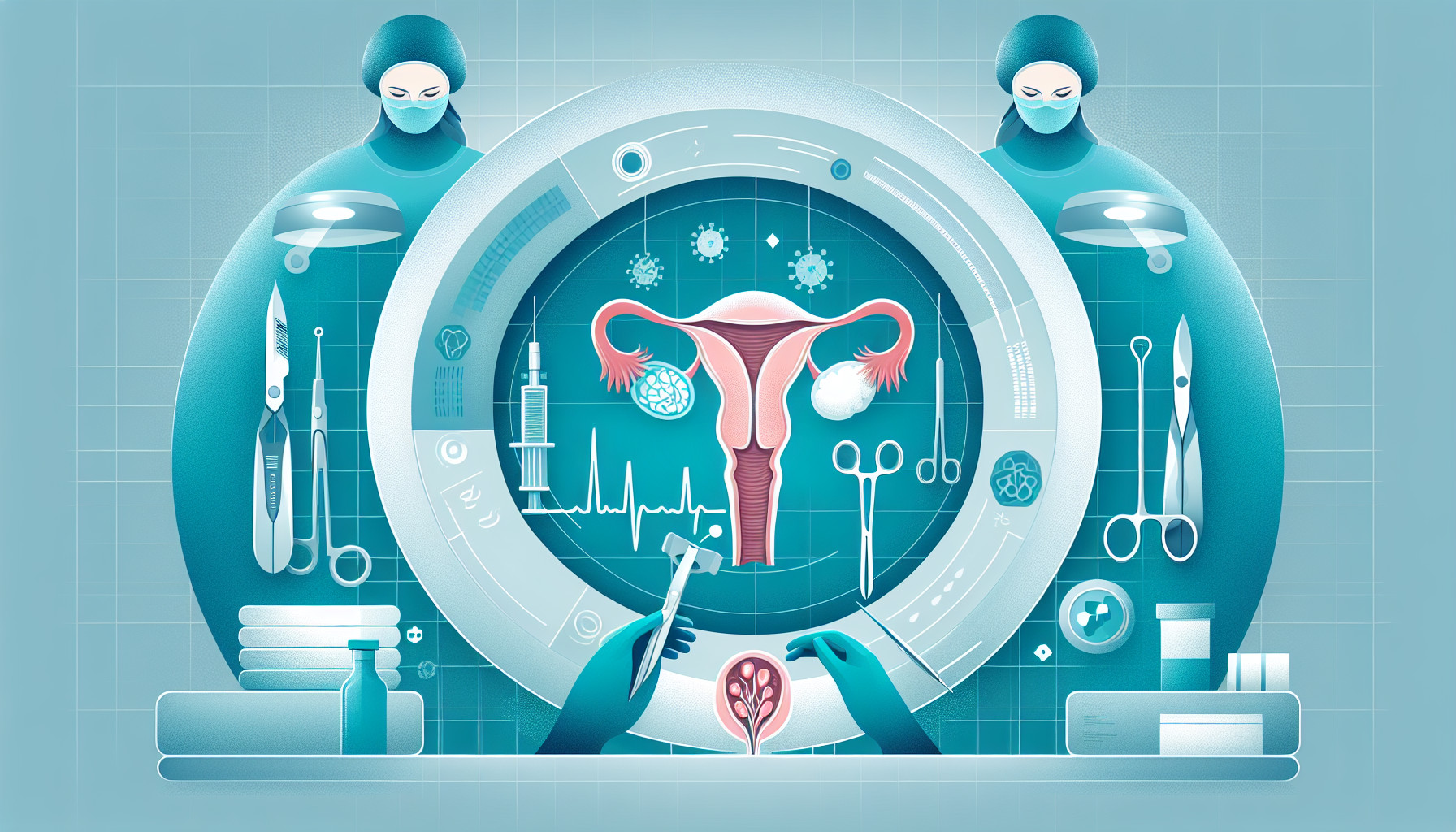Our Summary
This research study observed the ultrasound features of ovarian cysts in fetuses and how they evolved during pregnancy and after birth. The study was conducted at the Bambino Gesù Children’s Hospital in Rome between March 2011 and May 2020.
In the study, 51 ovarian cysts were found in 48 fetuses. Initially, the cysts were classified as ‘simple’ or ‘complex’ based on their appearance in the ultrasound images. Later, the images were reviewed again and the cysts were categorized using a more detailed system, known as IOTA terminology.
The results showed that the majority of simple cysts disappeared naturally after birth, while others required medical intervention such as aspiration (a procedure to remove fluid) or surgery. Meanwhile, only about a third of the complex cysts resolved on their own, with the rest requiring surgery. In most of these cases, the cysts showed signs of necrosis (tissue death).
The use of IOTA terminology provided a more precise description of the cysts compared to the initial simple and complex categories. The study found that cysts described as ‘anechoic’ (a term referring to the lack of echoes in the ultrasound image, suggesting the cyst is filled with fluid) and those with low-level content often resolved naturally. On the other hand, cysts with other types of content, such as ground-glass, hemorrhagic, mixed or undefined, were often associated with necrosis and needed surgical intervention.
In simpler terms, the study found that the type of cyst as seen on an ultrasound can help doctors predict whether the cyst will go away on its own or whether it will need medical treatment.
FAQs
- What is the significance of IOTA terminology in the study of ovarian cysts in fetuses?
- What are the potential treatments for ovarian cysts in fetuses according to the study?
- How does the ultrasound image of a cyst help doctors predict its evolution and the required treatment?
Doctor’s Tip
Therefore, a helpful tip a doctor might tell a patient about ovarian cyst removal is that the type of cyst seen on an ultrasound can help determine the best course of action, whether it be monitoring for resolution, aspiration, or surgical removal. It is important to follow up with your healthcare provider regularly to monitor the cyst and discuss any necessary treatment options.
Suitable For
Patients who are typically recommended ovarian cyst removal are those with complex cysts that show signs of necrosis, such as cysts with ground-glass, hemorrhagic, mixed, or undefined content. These types of cysts are less likely to resolve on their own and may require surgical intervention. However, patients with simple cysts that are classified as anechoic or with low-level content may be able to wait and monitor the cysts for resolution without immediate medical intervention.
Timeline
Before ovarian cyst removal:
- The patient may experience symptoms such as pelvic pain, bloating, or changes in menstrual cycle.
- The patient undergoes imaging tests such as ultrasound or MRI to confirm the presence of an ovarian cyst.
- The doctor may monitor the cyst over time to see if it resolves on its own or if it requires intervention.
- If the cyst is causing severe symptoms or if it is complex in nature, the doctor may recommend surgical removal.
After ovarian cyst removal:
- The patient undergoes surgery to remove the ovarian cyst, either through laparoscopic or open surgery.
- The patient may experience some pain and discomfort after the surgery, which can be managed with pain medication.
- The patient may need to stay in the hospital for a short period of time for monitoring and recovery.
- The doctor will provide instructions for post-operative care, including restrictions on physical activity and follow-up appointments.
- The patient may experience relief from symptoms such as pelvic pain and bloating after the cyst is removed.
What to Ask Your Doctor
Some questions a patient should ask their doctor about ovarian cyst removal include:
- What type of cyst do I have, and what does it mean in terms of treatment options?
- What are the risks and benefits of removing the cyst through surgery versus other methods such as aspiration?
- How will the removal of the cyst affect my fertility and reproductive health?
- What is the likelihood of the cyst returning after removal?
- What is the recovery process like after ovarian cyst removal surgery?
- Are there any potential complications or side effects associated with the procedure?
- Are there any alternatives to surgery for removing the cyst?
- How will the removal of the cyst impact my overall health and well-being?
- What follow-up care or monitoring will be needed after the cyst is removed?
- Are there any lifestyle changes or precautions I should take to prevent future ovarian cysts?
Reference
Authors: Romiti A, Moro F, Ricci L, Codeca C, Pozzati F, Viggiano M, Vicario R, Fabietti I, Scambia G, Bagolan P, Testa AC, Caforio L. Journal: Ultrasound Obstet Gynecol. 2023 Mar;61(3):408-414. doi: 10.1002/uog.26061. Epub 2023 Feb 6. PMID: 36123819
